|

ANDREW CHAPMAN
THE SHEARERS
Between 1976 and 2000, I photographed rural life around Victoria, which culminated in an exhibition, 'Click, Rural Photographs
by Andrew Chapman', in 2000 [fully acquired by the State Library of Victoria]. I was subsequently approached by 'Shear Outback',
the Shearers Hall of Fame, at Hay, to photograph shearing in the remote parts of Western NSW. The resulting exhibition 'The
Shearers' is on the fifth leg of a fourteen gallery tour of Australia.
These images have been shot in outback, NSW, Queensland, Victoria and South Australia, semi arid areas that have always
been the backbone of Australia's once thriving wool industry. Falling world prices for wool, the global move to synthetics
and a nine year drought have seen the national flock halved, as farmers struggle to make ends meet.
Some districts, such as western Queensland have drifted towards cattle production as world prices for beef that is free
of BSE increase, but other farmers hang on, watch the skies for rain, and wait.
I've traveled to these semi arid areas of Australia to photograph the big sheds and the people that inhabit them. To wait
and to capture what I once thought was a dying way of life. I’m still waiting for shearing to die out, superceded
by some U-Beaut robot technology or chemical fleecing. But I've been expecting these changes since I first heard about them,
way back in the 1970's! Aside from a few luxuries like back slings and electric fans, most shearers work in the same way
as they have always done ... the hard way!
Most of 'The Shearers' has been shot in dry and dusty conditions in the back blocks of Australia, areas that many Australians
are not familiar with. It is in the faces of the men and women who inhabit the sheds, that you can see the stains of a hard
working life. The creases, the eyes and a look of weariness compliment the remoteness of the big sheds to a tee. As a documentary
photographer, this is a rich tapestry to shoot images from.
The photographs are informative and their honesty provides a real glimpse of what life in remote Australia is about.
This is an ongoing body of work that will ultimately become invaluable documentation of rural life in Australia.
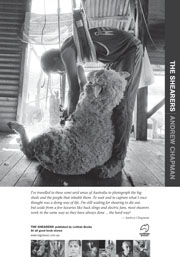 |
 |
 |
 |
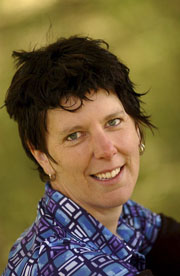
ALISON POULIOT
In April 2003 natural history photographer, Alison Pouliot was commissioned to provide images for the book, 'Gariwerd:
Reflecting on the Grampians'.
Three years and 33 trips to the Grampians later, the book has been published and was recently launched by former Victorian
Governor, John Landy. A week after the photography was complete, fires ravaged the Grampians, destroying much of what was
photographed. Join us for an illustrated talk about Alison's photographic journeys, experiences and challenges in providing
the photography for the book.
Alison's intrigue for the natural environment has grown from years of exploring the bush. As a natural history photographer,
she fulfils her passion for the environment as well as creatively expressing her impressions through her images.
Alison is fascinated with the design, diversity and connected of living things. A background in research ecology has
provided her with the ideal framework to seek and understand the subjects of her photography. She has been commissioned to
work on photographic assignments in Australia, South America, The United Kingdom, Central Europe and Asia.
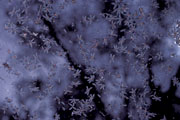 |
 |
 |
 |
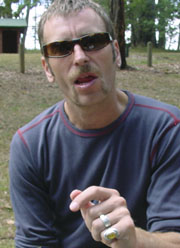 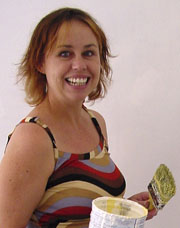 STEVE & MELISSA PROPOSCH
Steven & Melissa Proposch published their first issue of Trouble in April
2004. It was a modest twelve pages, black and white throughout, and 1,000
copies, which were all soon snatched-up by fortunate culture vultures in
Bendigo, Castlemaine and Daylesford. Trouble now distributes to more than
500 locations around Melbourne and regional Victoria, and is snatched up by 30,000 readers and growing each month.
Previously Steve was editor of the semi-legendary Melbourne street press
fashion magazine, Large, and managing editor at Fashion Journal and
Moonlight Magazine - all free street publications. He has written for
various magazines including The Big Issue, Rebel Razor and Sane. He created and published his first magazine, Bloodsongs,
in 1996.
Melissa has a background in printmaking, having trained at RMIT and Monash Universities and lectured at RMIT and Philip
Institute. Her works in
intaglio, collagraph and monoprint are held in public and private
collections throughout Australia and overseas. She has exhibited since 1987, widely in Victoria and interstate.
 |
 |
|
|
|

